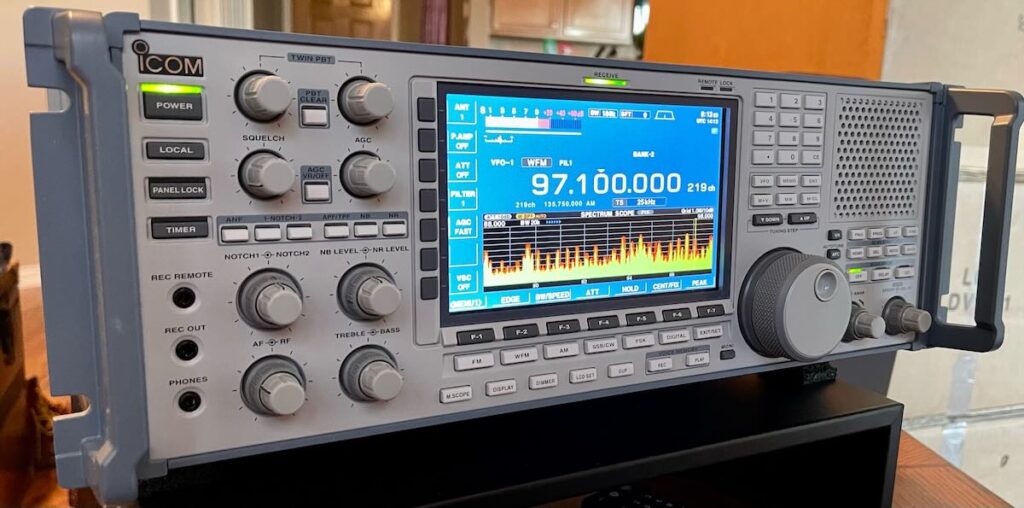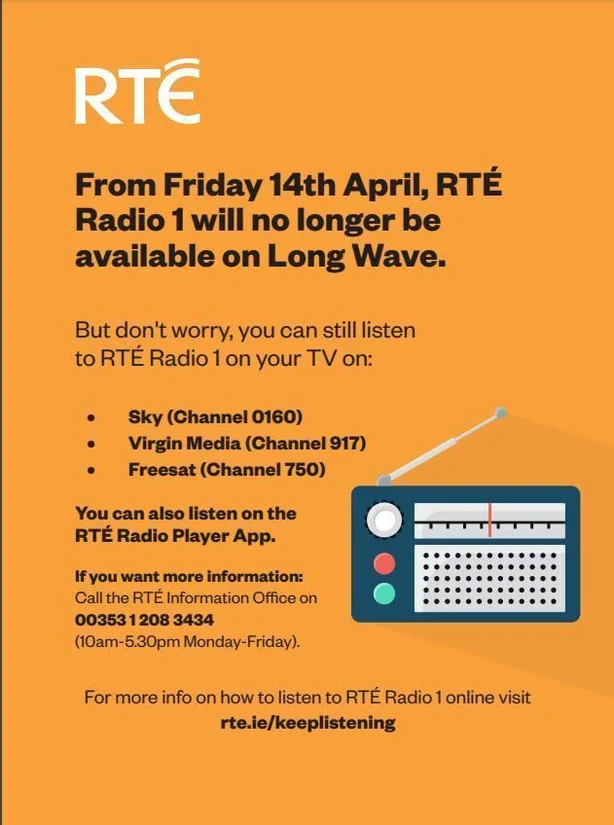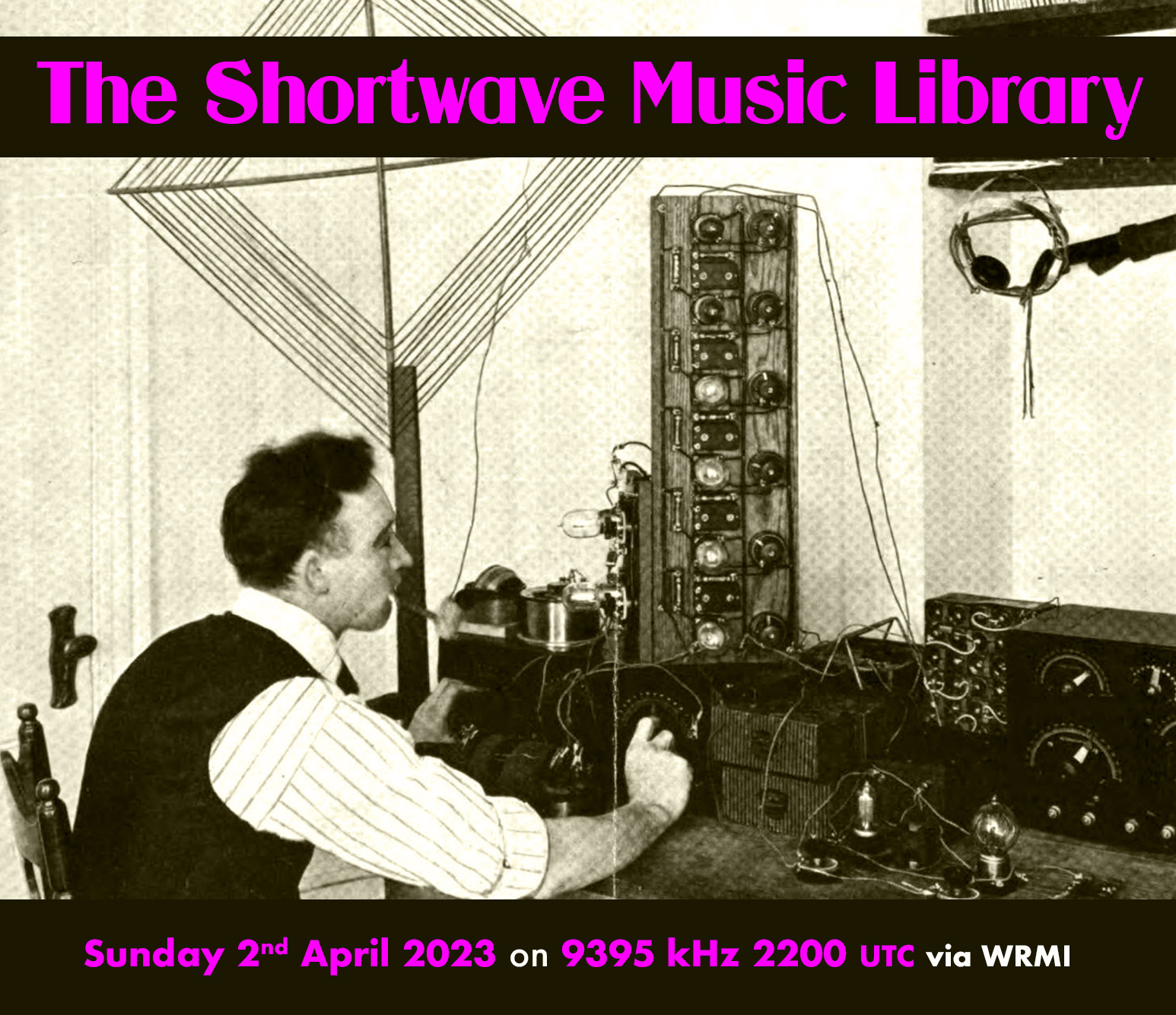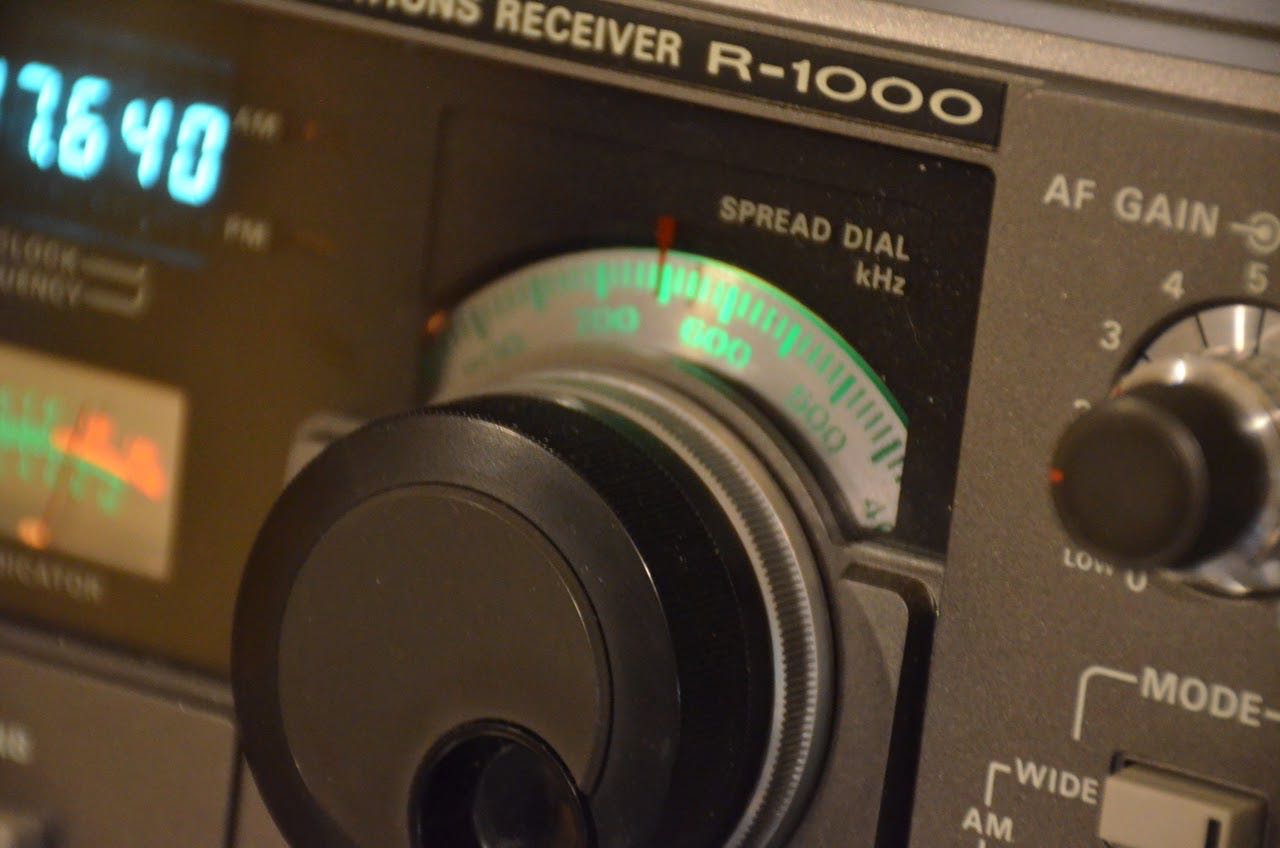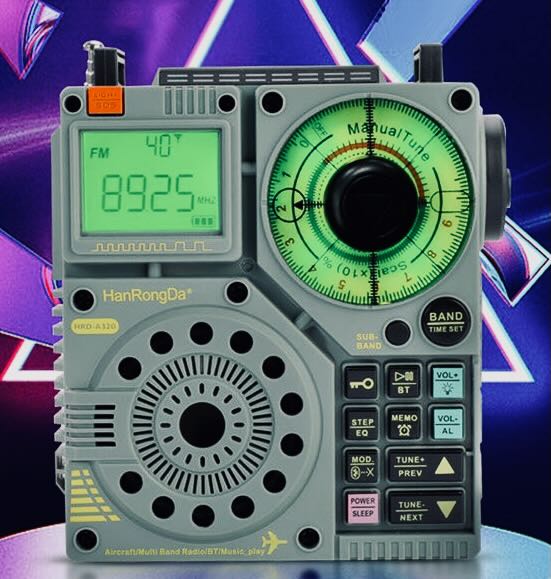I am sharing an email I received from Jeorg at Klingenfuss.org regarding increased solar propagation and the threat to satellite and wired communications in times of war. For those who may not know, Klingenfuss aggregates utility, shortwave, military and other HF frequency lists in book and CD form. I received this email as a customer having purchased their latest “Super CD” earlier this year. I am not affiliated with them other than as a customer, and this email did not come to me as a sales pitch. I do however think their software is a good value for the money. for what that may be worth! – Robert, K4PKM
Dear friends,solar activity is increasing rapidly and provides excellent HFpropagation conditions on frequencies above 20 MHz as well. Sunspotnumbers have ramped up pretty fast: in February 2023, the NOAA numberalready reached more than 200 – while the maximum of the currentsolar cycle 25 is expected not before mid-2025! See our screenshot of2 April 2023 atwww.klingenfuss.org/kiwikiwi.gifIn these times of war, remember the key fact: shortwave = HF is theonly medium for inter-national and inter-continental communicationthat, unlike e.g. SATCOM, landline connections, and submarine cables,cannot be blocked, censored, or cut off. What’s more, there are nocall costs or monthly fees.Increased vulnerabilities to cyber and SATCOM – coupled with state-of-the-art HF communications capability and capacity – is makingmilitary services worldwide rethink their communications planning.Says DA Reporter atwww.defenseadvancement.com/news/australian-defence-force-upgrades-hf-communications-system“In a modern threat environment, access to local communicationinfrastructure or satellite communication cannot be assured. Having acommunications capability that can work seamlessly with theAustralian Defence Force and its allies is essential. Starting inOctober 2023 under the JP9101 – Enhanced Defence High FrequencyCommunications System program, the new system will provide Australianand allied armed forces with the ability to securely communicateusing voice and other data from almost any location across theglobe.”

